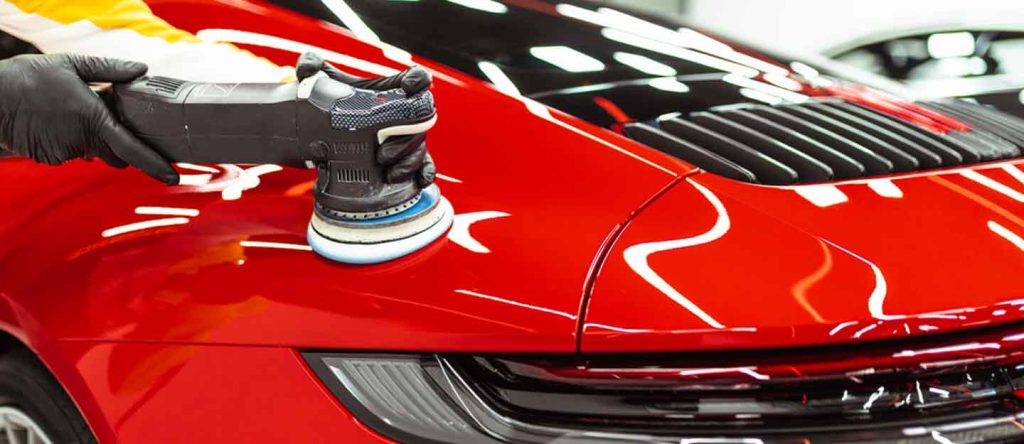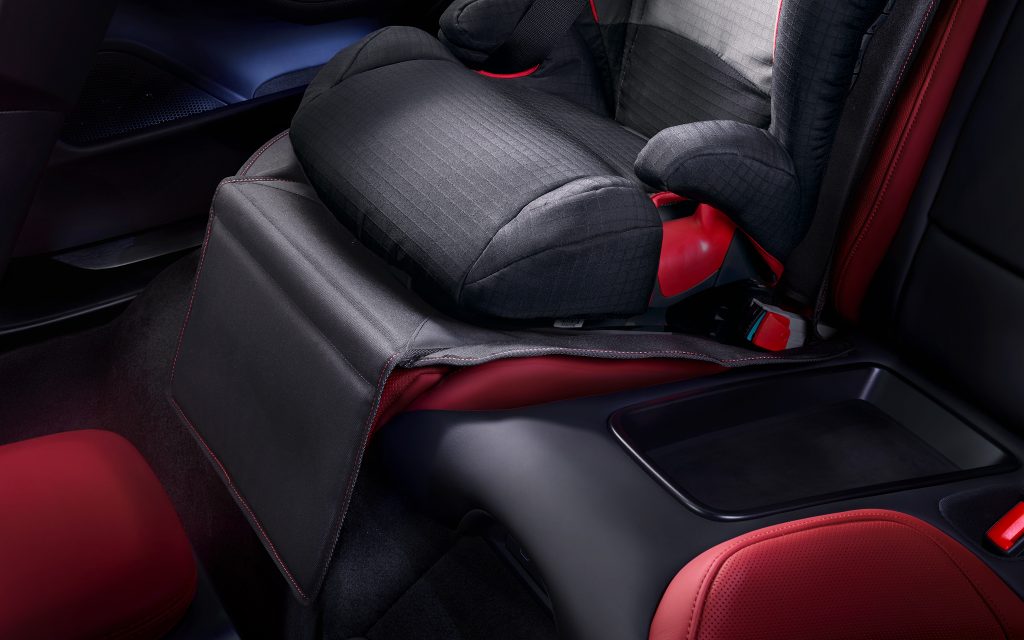Introduction:
In the world of automotive care and maintenance, few products hold as much reverence and utility as car wax. Car wax has long been celebrated for its ability to protect and enhance the appearance of vehicles, creating a glossy, showroom-worthy shine that turns heads on the road. But beyond its aesthetic appeal, car wax serves a multitude of practical purposes, from safeguarding against environmental hazards to preserving the resale value of your vehicle. In this comprehensive guide, we’ll delve into the myriad uses, advantages, and disadvantages of car wax, shedding light on why it remains an indispensable tool for car enthusiasts and everyday drivers alike.
Uses of Car Wax:
1. Protection Against the Elements:
One of the primary uses of car wax is to provide a protective barrier against environmental elements such as UV rays, rain, snow, and road salt. By forming a thin, invisible layer over the vehicle’s paintwork, car wax helps to shield the surface from oxidation, fading, and corrosion caused by prolonged exposure to the sun and harsh weather conditions.
2. Enhancing Gloss and Shine:
Car wax is renowned for its ability to enhance the gloss and shine of a vehicle’s exterior surfaces. By filling in microscopic imperfections and smoothing out the paintwork, wax creates a reflective surface that catches and disperses light, resulting in a deep, lustrous finish that accentuates the beauty of the vehicle.
3. Water Beading and Repellency:
Another key benefit of car wax is its hydrophobic properties, which cause water to bead up and roll off the surface of the vehicle. This water-repellent effect not only helps to keep the car clean and dry during inclement weather but also makes it easier to wash and maintain the vehicle’s exterior appearance.
4. Preserving Resale Value:
Regular application of car wax can help to preserve the resale value of your vehicle by maintaining its appearance and protecting the paintwork from damage and deterioration. A well-maintained, glossy exterior is more attractive to potential buyers and can command a higher resale price compared to a vehicle with dull, neglected paintwork.
Advantages of Car Wax:
1. Enhanced Aesthetic Appeal:
One of the primary advantages of car wax is its ability to enhance the aesthetic appeal of a vehicle’s exterior surfaces. By imparting a deep, glossy shine, wax creates a showroom-worthy finish that makes the vehicle stand out from the crowd and exudes an aura of luxury and sophistication.

2. Protection Against Damage:
Car wax provides a protective barrier against a wide range of environmental hazards, including UV rays, acid rain, bird droppings, tree sap, and road debris. By forming a sacrificial layer over the paintwork, wax helps to absorb and deflect these harmful substances, minimizing the risk of paint damage and corrosion.
3. Ease of Application:
Modern car waxes are formulated for ease of application, making it quick and convenient to achieve professional-quality results at home. Whether applied by hand or using a buffing machine, wax can be effortlessly spread over the vehicle’s exterior surfaces and buffed to a brilliant shine with minimal effort.
4. Long-lasting Results:
When applied correctly and maintained regularly, car wax can provide long-lasting protection and shine that keeps your vehicle looking like new for months on end. High-quality waxes contain durable polymers and synthetic resins that adhere to the paintwork and withstand multiple washes and exposure to the elements.
Disadvantages of Car Wax:
1. Time and Effort:
One of the main disadvantages of car wax is the time and effort required to apply and maintain it properly. Achieving optimal results often involves multiple steps, including washing, drying, and polishing the vehicle before waxing. Additionally, waxing must be performed regularly to maintain the protective barrier and shine, which can be time-consuming for busy individuals.
2. Limited Durability:
While car wax provides effective protection against environmental damage, its durability is limited compared to other protective coatings such as ceramic coatings or paint sealants. Waxes typically last for a few months before needing to be reapplied, especially in harsh climates or high-traffic areas where the vehicle is exposed to more wear and tear.
3. Sensitivity to Application Technique:
The effectiveness of car wax depends heavily on the application technique used. Improper application, such as applying too much wax or failing to buff it off properly, can result in streaks, smudges, or uneven coverage that detracts from the appearance of the vehicle. Achieving a flawless finish requires practice, patience, and attention to detail.
4. Cost:
High-quality car waxes can be relatively expensive compared to other automotive maintenance products. While budget-friendly options are available, they may not provide the same level of protection and shine as premium waxes. Additionally, the cost of waxing supplies and accessories, such as applicator pads and buffing cloths, can add up over time.
Conclusion:
In conclusion, car wax remains an indispensable tool for car enthusiasts and everyday drivers seeking to protect and enhance the appearance of their vehicles. With its ability to provide a glossy shine, repel water, and safeguard against environmental damage, wax offers numerous advantages that contribute to the longevity and resale value of a vehicle. However, the time and effort required for application and maintenance, limited durability, sensitivity to application technique, and cost are important factors to consider when weighing the advantages and disadvantages of car wax. Ultimately, investing in a high-quality wax and mastering the art of application can yield stunning results that keep your vehicle looking sleek, shiny, and well-protected for years to come.



